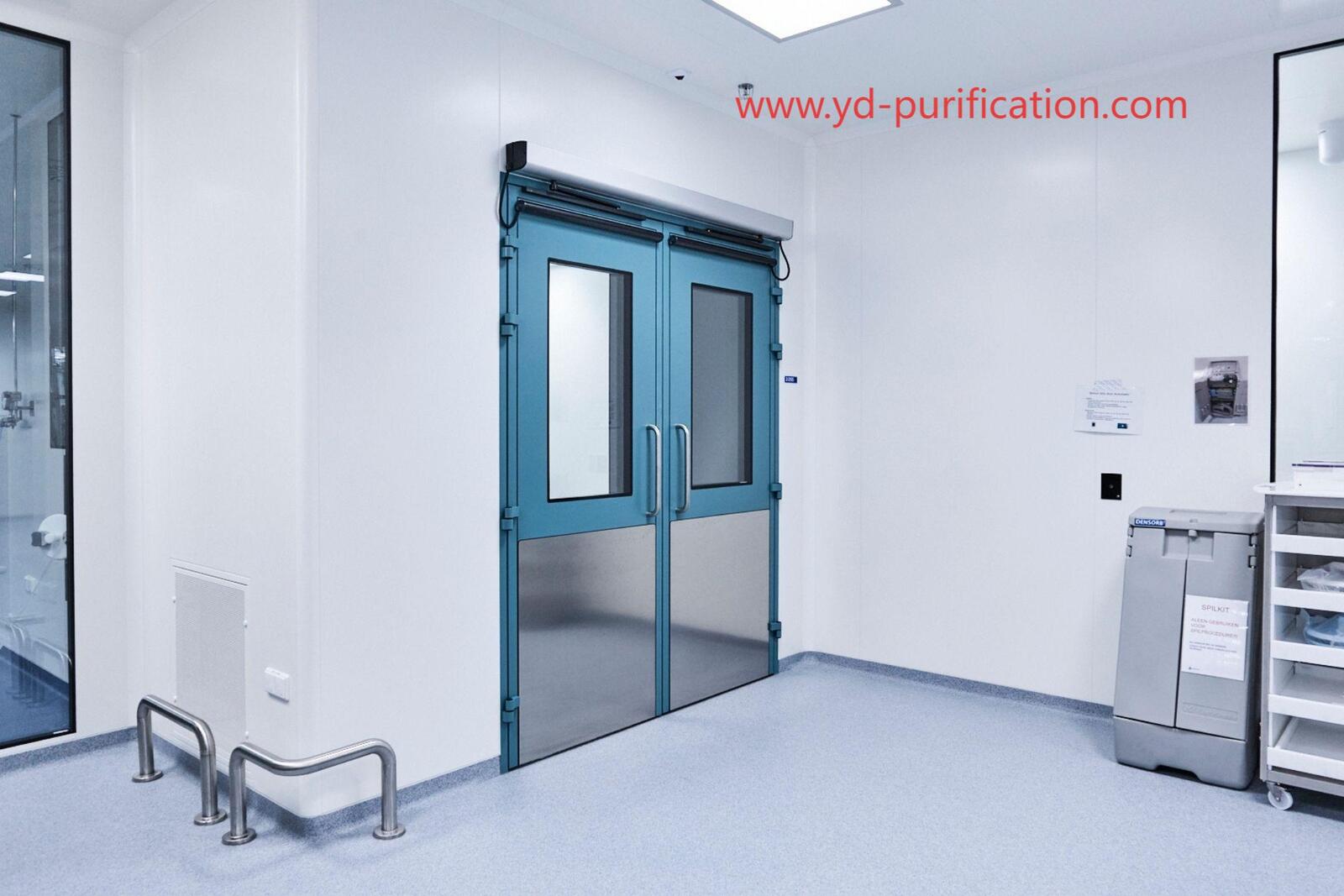
Related Blogs
Automatic Sliding Doors Solutions by Yuanda for Efficient Workflows
3 minutes, 32 seconds
-8 Views 0 Comments 0 Likes 0 Reviews

In modern facilities, where operational efficiency and safety converge, the role of Automatic Sliding Doors cannot be overlooked, and professionals frequently assess the capabilities offered by yd-purification when designing entrances that integrate seamlessly with high-precision environments, prompting the question of how automated access systems can truly enhance both workflow and security?
High-traffic zones demand solutions that not only facilitate smooth entry and exit but also maintain controlled environments where airflow, pressure, and cleanliness are critical. Automatic sliding systems are increasingly preferred because they reduce manual contact, minimize contamination risk, and maintain consistent operation under continuous use. Engineers and facility managers often examine door stability, sensor responsiveness, and integration with broader safety protocols, ensuring that automation complements the spatial and procedural requirements of sensitive areas.
Beyond functional reliability, visual clarity and spatial organization are pivotal. Transparent panels allow for easy observation, while robust framing supports repetitive operation without deformation or wear. When properly configured, automated sliding doors assist in guiding personnel movement, reinforcing safety routines, and maintaining environmental integrity across interconnected zones. Designers frequently incorporate redundant monitoring features to anticipate malfunctions and ensure uninterrupted access control, which has become a key consideration for operational planning and compliance with regulatory standards.
Maintenance considerations further influence design selection. Facilities often require systems that allow for quick servicing without disrupting surrounding activities. Components that are modular, easy to inspect, and replaceable contribute to long-term reliability and reduced downtime. The choice of materials, precision sensors, and control algorithms directly impacts lifecycle performance, highlighting the importance of selecting proven solutions that have been thoroughly tested under rigorous conditions.
Moreover, as modern operations evolve, scalability becomes essential. Automated sliding solutions can be adapted for new layouts, expanded entryways, or integrated with additional security and monitoring systems. Coordination between structural design and automated functionality ensures that operational flow remains uninterrupted, enabling personnel to focus on core activities rather than navigating entry challenges. The seamless integration of these doors demonstrates a balance of technology, safety, and efficiency that supports sustained productivity across complex environments.
The increasing demand for controlled yet accessible spaces encourages designers and managers to prioritize solutions that combine reliability, aesthetic simplicity, and operational excellence. From initial planning to routine operation, automated sliding doors play a crucial role in sustaining continuous workflows, reducing potential contamination, and supporting personnel movement without obstruction.
For organizations seeking detailed insight, information regarding Automatic Sliding Doors can be accessed at yd-purification here: https://www.yd-purification.com/product/automatic-sliding-doors/ , offering guidance for optimizing entrance systems, ensuring operational consistency, and achieving long-term stability in highly regulated facilities.
Photos

